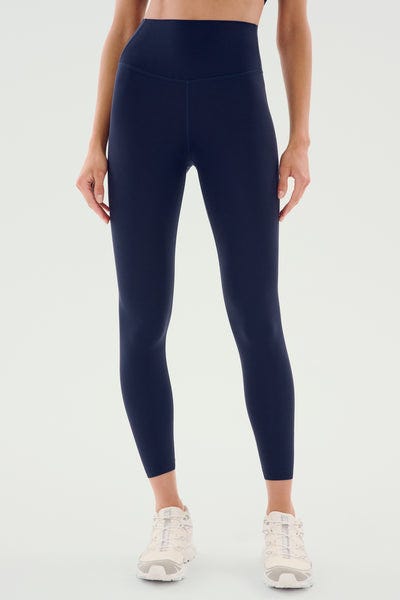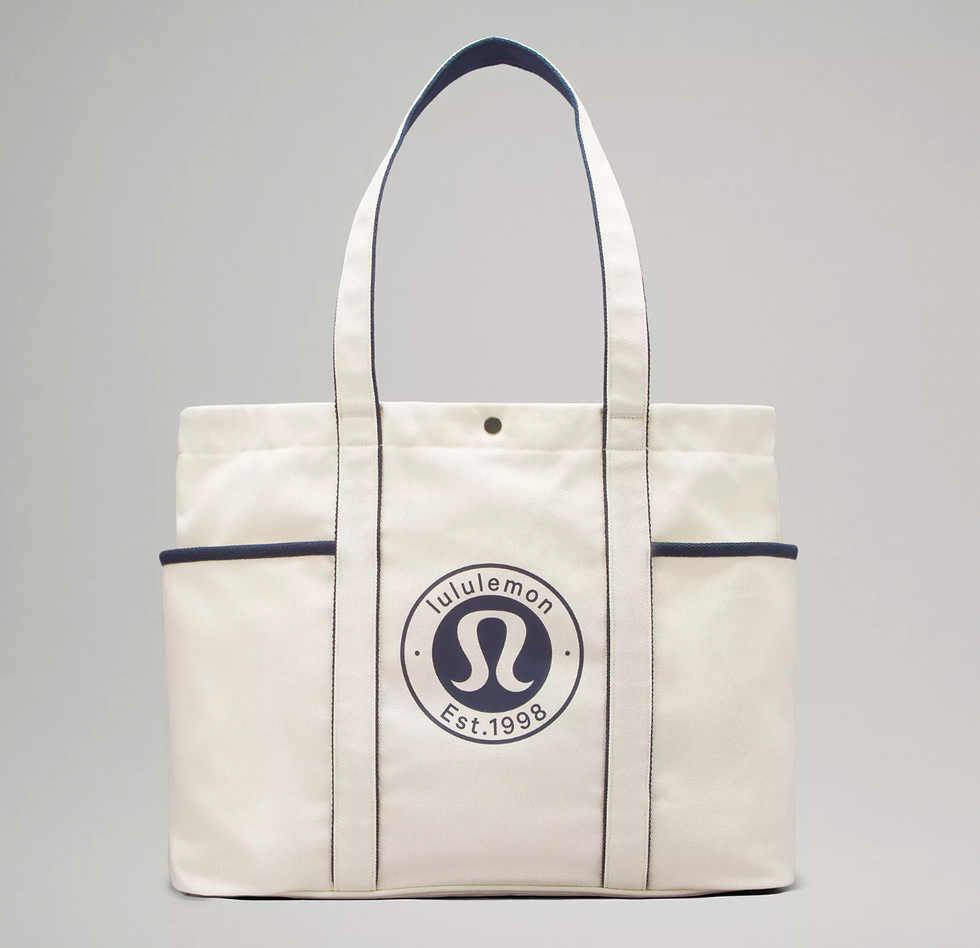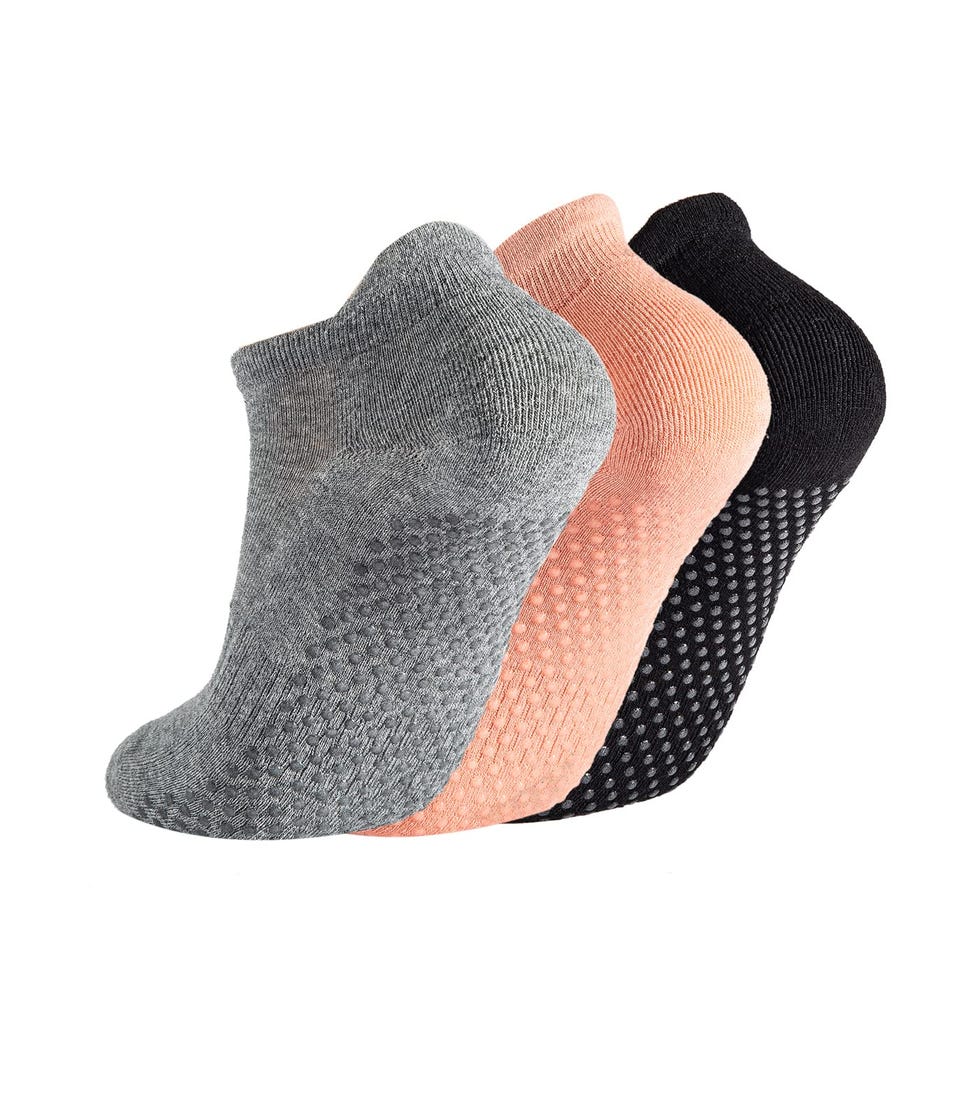There are a lot of reasons to head to your local barre studio and try out a class. Among a long list of benefits, this modality improves your balance, posture, and core strength. Another perk? It’s also beginner-friendly and suitable for many kinds of exercisers. But, can you add “builds muscle” to that benefits list?
Certainly, barre is a tough workout. Ask anyone about the shakes and quakes they experience doing all those squats, plies, and pulses at the ballerina bar. Chances are, they’ll also tell you that after weeks and months of really committing to barre, they feel a lot stronger.
If you’re someone with the goal of building muscle (which has its own benefits), you probably are wondering just how much stronger it can really make you. In a world where sculpt classes like barre and pilates are all the rage—and building muscle is a top priority—are the two compatible? Here’s what experts think.
Meet the experts: Shannon Ritchey, DPT, PT, is the founder of Evlo Fitness and host of The Dr. Shannon Show podcast. Kara Liotta, CPT, is the co-founder of KKSWEAT, a barre and HIIT studio in New York City. Rachelle Reed, PhD, is an exercise scientist and Pure Barre instructor based in Athens, GA.
Here’s what barre does to your muscles.
In a typical 45 to 60 minute barre class, you’ll be led through a series of low-impact exercises that work your bod from top to bottom. Barre classes work all the main muscle groups (upper body, core, and lower body) with either your body weight or light resistance (typically anywhere from one to 10 pounds). You can also expect to be doing these exercises in the higher rep range, as you squat long to the beat of whatever song your instructor has blasting through the speakers.
Despite the barre class resistance levels generally staying light, barre gets tiring for your muscles fast. “I think of barre as a type of strength training that uses mostly bodyweight exercises and small pieces of equipment like resistance bands and pilates balls to systematically work through each major muscle group and train that muscle group to the point of fatigue,” says Rachelle Reed, PhD, an exercise scientist and Pure Barre instructor for over 10 years.
One way you’ll get to that point of fatigue? Isometric holds. These are moves where you’re holding your body and your muscles in a static position, like doing a plank. It builds time under tension, which is one way to stimulate muscle fibers.
So, can barre help you build muscle?
To help answer this question, you’ll benefit from a quick refresher on how muscle is built. In the most basic explanation, hypertrophy (which is the technical term for muscle growth) is really about getting really close to muscular failure (which is different from fatigue) in anywhere from six to 30 reps, says Shannon Ritchey, DPT, the founder of Evlo Fitness and host of The Dr. Shannon Show podcast. (If you’re getting close to failure, that usually looks like your rep speed is declining and it’s taking *a lot* more effort to crank out another one, until, eventually, you wouldn’t be able to.)
When it comes to building muscle in a traditional barre class, then, there’s a bit of a challenge both because it is high rep and low load. Chances are, you’re just not getting close enough to failure in the right rep range to make major gains because you’re not lifting heavy enough, says Ritchey.
There are a few caveats: If you’re new to working out, you absolutely can see some muscle gains, says Reed. And, doing a structured, light resistance class like barre can totally help you build up the body awareness and skills you need before starting with a more traditional strength training program, adds Ritchey.
Plus, some barre classes (like ones offered at Barre3 and Pure Barre) are designed with heavier weights in mind—and those can be beneficial for someone with hypertrophy goals if done the right way, says Ritchey. “It’s all about exercise selection and using proper load,” she says.
How To Push During Barre Class For Muscle Growth
If barre is your workout of choice, you probably won’t be able to make major muscle gains, which comes down to how the modality is designed. “The goal of a barre workout is not to necessarily build significant muscle mass,” says Kara Liotta, CPT, co-founder of KKSWEAT.
Still, there are a few techniques you can follow to see some slight changes and definition if that’s what you’re after. In Liotta’s 12 years of teaching barre, she has been able to see some growth because classes do allow for small levels of progressive overload by increasing the weight of your dumbbells over time. But again, this won’t make a drastic difference and does taper off in terms of how far you can really push it. “It’s not the most effective way to build muscle,” Liotta says.
Other ways you can overload your muscles is by using better form, holding a move for longer, or completing more reps, says Reed. “There are still ways to progress in barre, but it’s not as straightforward,” Reed says. At the end of the day, you need to reach near-failure in less than 30 reps.
One thing that barre will improve for your muscles? Endurance.
Don’t let the fact that you’re not building much muscle fool you though, barre still has benefits when it comes to strength. Remember how two main features of a barre class are high reps and isometric holds? While those techniques are not necessarily building your muscles, they are building up their endurance.
You can see it in the shakes and quakes, which happen due to fatigue from holding a position for a long period of time, says Ritchey. “I think that’s where people get mixed up is that barre feels really hard—you’re working and you’re struggling—but it’s not necessarily hard in the ways that are producing muscular growth,” Ritchey says. Instead, you’re building up muscular endurance.
So, if you love barre and it’s what gets you moving—stick with it. But, if you’re someone with explicit hypertrophy goals, you might want to try only sprinkling it in spaced out from other strength training days, making sure you’re getting enough time for recovery. “I think of barre as a really good builder of strength for people who are new to exercise and then a maintainer of strength for people who are exercisers,” says Reed. “But certainly if you wanted to get super strong and increase your one rep max for your bench press, barre is not going to do that for you.”
Gear For Your Next Barre Class
Olivia Luppino is an editorial assistant at Women’s Health. She spends most of her time interviewing expert sources about the latest fitness trends, nutrition tips, and practical advice for living a healthier life. Olivia previously wrote for New York Magazine’s The Cut, PS (formerly POPSUGAR), and Salon, where she also did on-camera interviews with celebrity guests. She’s currently training for the New York City marathon, inspired by her many colleagues at WH who have run it.
Read the full article here







